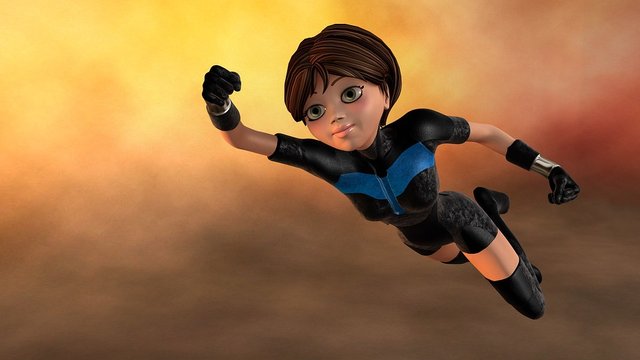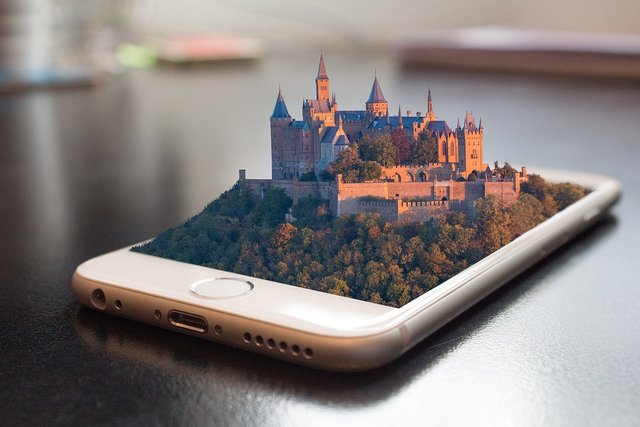What is 3d? How does it work?
3d 3D is the three-dimension. It is a technology that has width, height and depth. The material environment is 3D or three-dimensional, in our daily life, we are always around the thrid.
People can only know and understand about an object after seeing it because we have 3D perceptions. It is also called diopathapressation. When we look around, our two eye retina creates a two-dimensional image inside the eye. And our brain gives shape to that image in 3D visual experiments.
But it is good to know about one thing that even though the human eyes have the ability to see it, it is not the only way to look at the 3D view. Those who can see only one eye, they also see the world as 3D. Their stereo blinds are called. There is a low-level tool in their thread. As a result, they depend on turning tools.
The details of the tools that humans use in depth perception are given below:
Stereoscopic vision: Because of the two eyes of the eyes, they show a slightly different picture, the closer pictures are usually quite different from the pictures of the distance.
Placement: When people focus on a distant or near object, the eye glitch itself changes its size. But it depends on how far or near the object is, or how close it is.
Parallax (Parallax) When the human head moves in different directions, the nearest objects move more than the distance between objects.
Size familiarity: If you know about the real structure and size of an object, you can tell by the eye how far it is. But seeing how big the object is, you can tell it its distance. Similarly, if you see two same size objects and one of them seems to be larger than you, you can say that the bigger the object is near.
Aerial perspective: Light can spread in different directions due to the wind, so that the closest objects are seen better than the distance. Changes in colors of distant objects are also seen. In some cases, background color can also be matched. But it is blue in most cases.
When 3D images are shown in a toad surface or flat, most of the above perception tools can be found there. But it is not possible to get all of them together at the same place. Because the video is always using a combination. So many persaspas can never be found together. For example, ArielPrespective and Symophileillery video cameras are automatically fixed. However, in case of CGI, AriialPrespective must be added, so that the distance objects are less obvious. Who is it called distance fog?
However, most stereoscopic images, people think, stereoscopic films are in 3D, and the left is Tudy.
However, most stereoscopic images, people think, stereoscopic films are in 3D, and the left is Tudy.
2D Film & Video: There is a traditional toed (2D) video image width and height, but technically there is no depth. In such a picture, the audience is shown everything from the same distance. However, visitors can view the image as three dimensional using the above techniques. Just like a man with stereo blindness problems can see everything right.
Anagraphic movie requires red / greenish blue or red / blue glass
3D Film & Video: Adds 3D Video Stereoscopic Vision. Meaning, two different images of each of the two eyes are shown together. There are some technical problems. As a result, like the first 3D movie made 100 years ago, Ethan also could not create a complete system.
Common display methods include:
Anaglyphic processing (red / cyan glasses): Analogy processing (red / greenish blue) The true 3D system is mostly in favor.
Polarized light system: Polarized light system: Polarized light system: The most common and completely new system in the movie field.
Active shutter glasses: Activated shutter systems: The most popular for first-generation 3D televisions and other displays.


